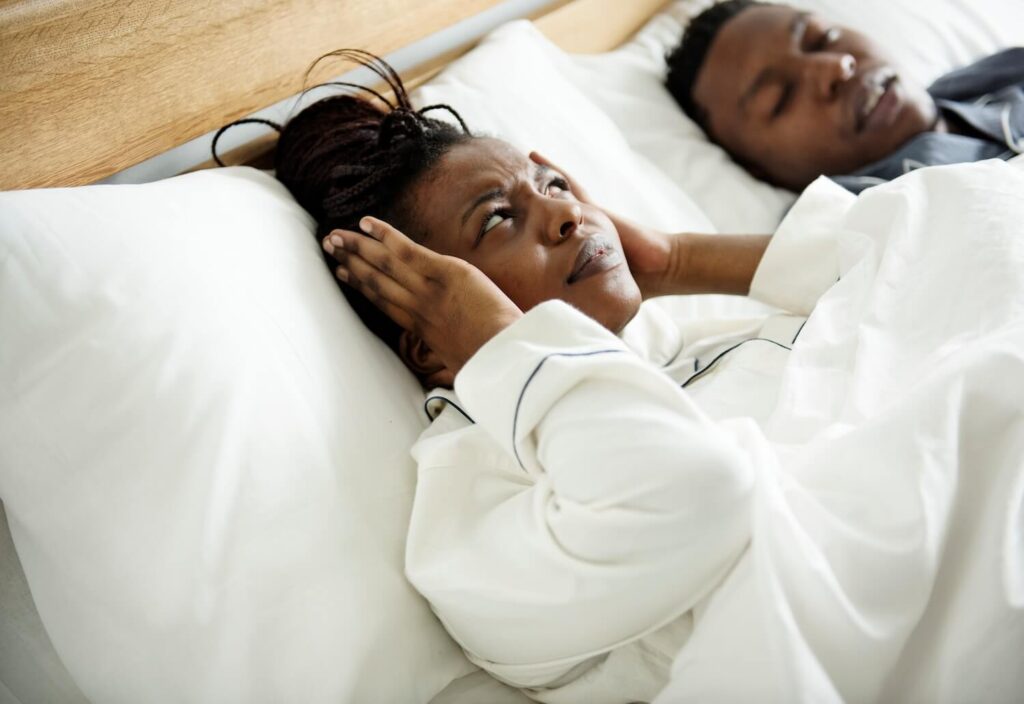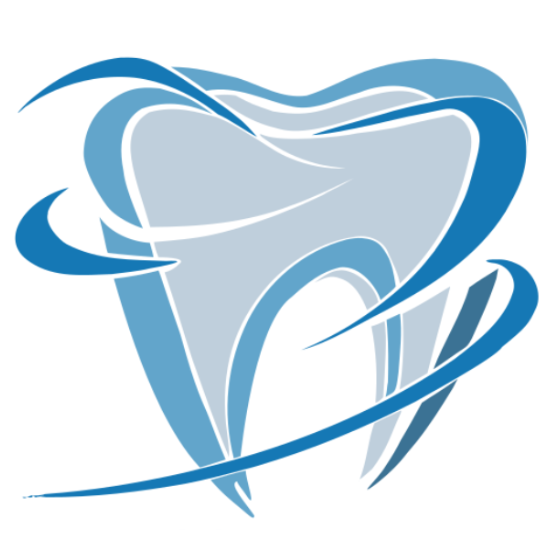Sleep apnea is a serious and often undiagnosed condition affecting millions of people worldwide. While snoring is frequently dismissed as a harmless annoyance, it can be a warning sign of sleep apnea, a condition that disrupts breathing during sleep. This disorder not only impacts sleep quality but also carries a high risk of chronic health problems, including cardiovascular disease, hypertension, diabetes, and depression. Traditional treatment methods, such as CPAP (Continuous Positive Airway Pressure) machines, are effective but not universally accepted due to issues with comfort, noise, and inconvenience.
Dentistry offers a range of alternative treatments for sleep apnea, particularly oral appliance therapy (OAT), which can provide a comfortable, non-invasive solution. For those with mild to moderate obstructive sleep apnea (OSA), dentistry can play a transformative role in restoring restful sleep, reducing health risks, and improving the overall quality of life.
This article explores the vital role that dentists can play in identifying, managing, and treating sleep apnea, offering hope for those seeking an effective alternative to traditional CPAP machines.
Understanding Sleep Apnea: Types, Causes, and Consequences
1. Types of Sleep Apnea
Sleep apnea is categorized into three main types:
- Obstructive Sleep Apnea (OSA): The most common form, where the muscles in the throat relax excessively during sleep, blocking the airway. This is the type that dentists primarily address.
- Central Sleep Apnea (CSA): A rarer form caused by the brain’s failure to send signals to the muscles that control breathing. CSA is usually managed by neurologists or sleep specialists, rather than dentists.
- Complex Sleep Apnea Syndrome: Also known as treatment-emergent central sleep apnea, this occurs when someone with obstructive sleep apnea develops central sleep apnea while using CPAP therapy.
2. Causes of Sleep Apnea
The causes of sleep apnea can be multifactorial, often including anatomical and lifestyle factors. These include:
- Obesity: Excess weight, particularly around the neck, can put pressure on the airway, making it more likely to collapse during sleep.
- Anatomical Structure: A naturally narrow airway, enlarged tonsils, or a larger tongue can contribute to airway blockages.
- Gender and Age: Men are more likely than women to develop sleep apnea, and the risk increases with age.
- Alcohol and Smoking: Both alcohol and tobacco use can relax the muscles of the throat and contribute to airway obstruction.
3. Consequences of Untreated Sleep Apnea
When left untreated, sleep apnea can have far-reaching health effects:
- Cardiovascular Issues: The repeated drops in oxygen levels during apnea episodes put stress on the heart, increasing the risk of high blood pressure, heart disease, and even stroke.
- Type 2 Diabetes: Poor sleep quality is associated with insulin resistance, making sleep apnea sufferers more susceptible to type 2 diabetes.
- Mental Health Impacts: Anxiety, depression, and other mental health issues are often exacerbated by chronic sleep deprivation.
- Increased Accident Risk: Daytime drowsiness can severely impair reaction times, increasing the likelihood of accidents at work and on the road.
How Dentistry Fits Into the Treatment of Sleep Apnea
1. The Role of Dentists in Screening and Identifying Sleep Apnea
Dentists are increasingly involved in the early identification of sleep apnea, especially since they are often the healthcare professionals patients see most regularly. Dentists can detect physical signs that suggest potential sleep apnea, such as:
- Teeth Grinding (Bruxism): Studies have shown a connection between bruxism and sleep apnea. Grinding is thought to be the body’s way of subconsciously reopening the airway.
- Scalloped Tongue and Jaw Tension: A scalloped tongue (indentations on the sides) or jaw tension can signal airway obstruction during sleep.
- Wear Patterns on Teeth: Excessive wear on the teeth may indicate frequent grinding associated with apnea.
If a dentist suspects a patient has sleep apnea, they will typically refer them to a sleep specialist for a polysomnogram (sleep study) to confirm the diagnosis.
2. The Dentist’s Role in Treatment: Oral Appliance Therapy (OAT)
Oral appliance therapy is the cornerstone of dental intervention in sleep apnea management. These appliances are custom-fitted, easy to wear, and have high compliance rates, making them a preferred choice for many patients. Let’s dive deeper into the two main types:
- Mandibular Advancement Devices (MADs): MADs are designed to slightly move the lower jaw (mandible) forward, which helps keep the airway open by repositioning the soft tissues at the back of the throat. This adjustment prevents the collapse that leads to airway obstruction. Many MADs are adjustable, allowing the dentist to customize the fit over time for optimal results.
- Tongue-Retaining Devices (TRDs): Unlike MADs, which work on the jaw, TRDs target the tongue, holding it in a forward position to prevent airway blockage. These devices are particularly useful for patients whose apnea is largely due to tongue positioning.
Comprehensive Benefits of Oral Appliance Therapy
Oral appliance therapy offers multiple benefits that address not only the symptoms of sleep apnea but also its impact on quality of life:
1. Enhanced Comfort and Ease of Use
Many patients find oral appliances more comfortable than CPAP machines, which can be bulky, noisy, and require an external power source. Unlike CPAP masks, which can cause discomfort or feelings of claustrophobia, oral appliances are small, unobtrusive, and fit comfortably inside the mouth.
2. Improved Compliance Rates
Research has shown that patients are more likely to use oral appliances consistently compared to CPAP machines. Compliance is critical in managing sleep apnea effectively, as regular use of the appliance leads to better outcomes and a noticeable reduction in symptoms.
3. Portability and Convenience
Oral appliances are compact and travel-friendly, offering a discreet and portable solution. For patients who travel frequently, oral appliances are a practical choice that doesn’t require cumbersome equipment.
4. Reduced Health Risks
By treating sleep apnea, oral appliances can help reduce the health risks associated with untreated sleep apnea. As breathing becomes smoother and more regular, blood pressure can decrease, daytime fatigue reduces, and long-term health outcomes improve.
Advanced Dental Techniques for Managing Sleep Apnea
While oral appliance therapy remains the primary dental treatment for sleep apnea, some dentists may recommend other techniques, depending on the severity of the condition or anatomical factors.
1. Orthodontic Treatments and Jaw Surgery
For patients whose sleep apnea is due to structural issues within the jaw, orthodontic solutions or orthognathic surgery may be considered. Jaw advancement surgery, for example, can reposition the upper and lower jaw to increase airway space. This approach is usually reserved for severe cases where other methods have proven ineffective.
2. Myofunctional Therapy
Some dentists collaborate with specialists in myofunctional therapy, a form of physical therapy targeting the muscles in the mouth and throat. Myofunctional exercises can strengthen these muscles, helping to reduce airway collapse during sleep. Research has shown that myofunctional therapy can be particularly beneficial when used in combination with oral appliances.
3. Positional Therapy Devices
Positional therapy devices are small devices worn around the neck or chest to prevent patients from sleeping on their back, which can exacerbate OSA. While not strictly dental devices, dentists may recommend positional therapy as an adjunct to oral appliances, especially for patients whose sleep apnea is position-dependent.
A Closer Look: Oral Appliance Therapy vs. CPAP Therapy
Though CPAP remains the gold standard, many patients find that the comfort and practicality of oral appliances make them a better choice, particularly for mild to moderate cases.
Here’s a more detailed dentistry comparison to help patients understand when oral appliance therapy might be the right care for their smile:
| Factor | CPAP | Oral Appliance Therapy |
|---|---|---|
| Primary Use | Severe sleep apnea | Mild to moderate sleep apnea |
| Mechanism of Action | Keeps airways open via air pressure | Keeps jaw and tongue from collapsing |
| Comfort Level | Some discomfort reported | Generally comfortable, custom fit |
| Noise Level | Can be noisy | Silent operation |
| Maintenance | Regular cleaning and mask replacement | Simple daily cleaning |
| Portability | Difficult to travel with | Compact and easy to travel with |
| Compliance | Compliance issues due to discomfort | Higher compliance due to ease of use |
Finding a Qualified Sleep Apnea Dentist
Not all dentists are trained in treating sleep apnea, so it’s crucial to find a dentist who specializes in sleep apnea treatment. Here’s how to identify a dentist who is well-suited to treat sleep apnea:
- Certification: Look for dentists certified by the American Academy of Dental Sleep Medicine (AADSM) or other recognized sleep medicine organizations.
- Experience with Oral Appliances: Ensure the dentist has experience fitting and adjusting oral appliances for sleep apnea.
- Collaborative Approach: A good sleep apnea dentist works closely with sleep specialists and medical professionals to ensure a comprehensive approach to treatment.
Maintaining and Caring for Your Oral Appliance
For optimal effectiveness, it’s essential to care for your oral appliance properly. Here are some key maintenance tips:
- Daily Cleaning: Rinse the appliance with water after use and clean it gently with a toothbrush to prevent plaque buildup.
- Avoid Harsh Chemicals: Don’t use toothpaste or bleach, as these can damage the material.
- Regular Adjustments: Your dentist may need to make periodic adjustments to ensure the appliance continues to fit properly.
Conclusion: A Path to Restful Sleep Through Dentistry
Sleep apnea can feel like an insurmountable obstacle, but with the help of modern dentistry, achieving a good night’s sleep is within reach. Oral appliance therapy offers a comfortable, non-invasive alternative for managing sleep apnea, allowing patients to enjoy restorative sleep without the challenges of CPAP. By understanding the options available and working with a qualified sleep apnea dentist, individuals can transition from snoring and sleep interruptions to the soothing rest that promotes lasting health and well-being.


